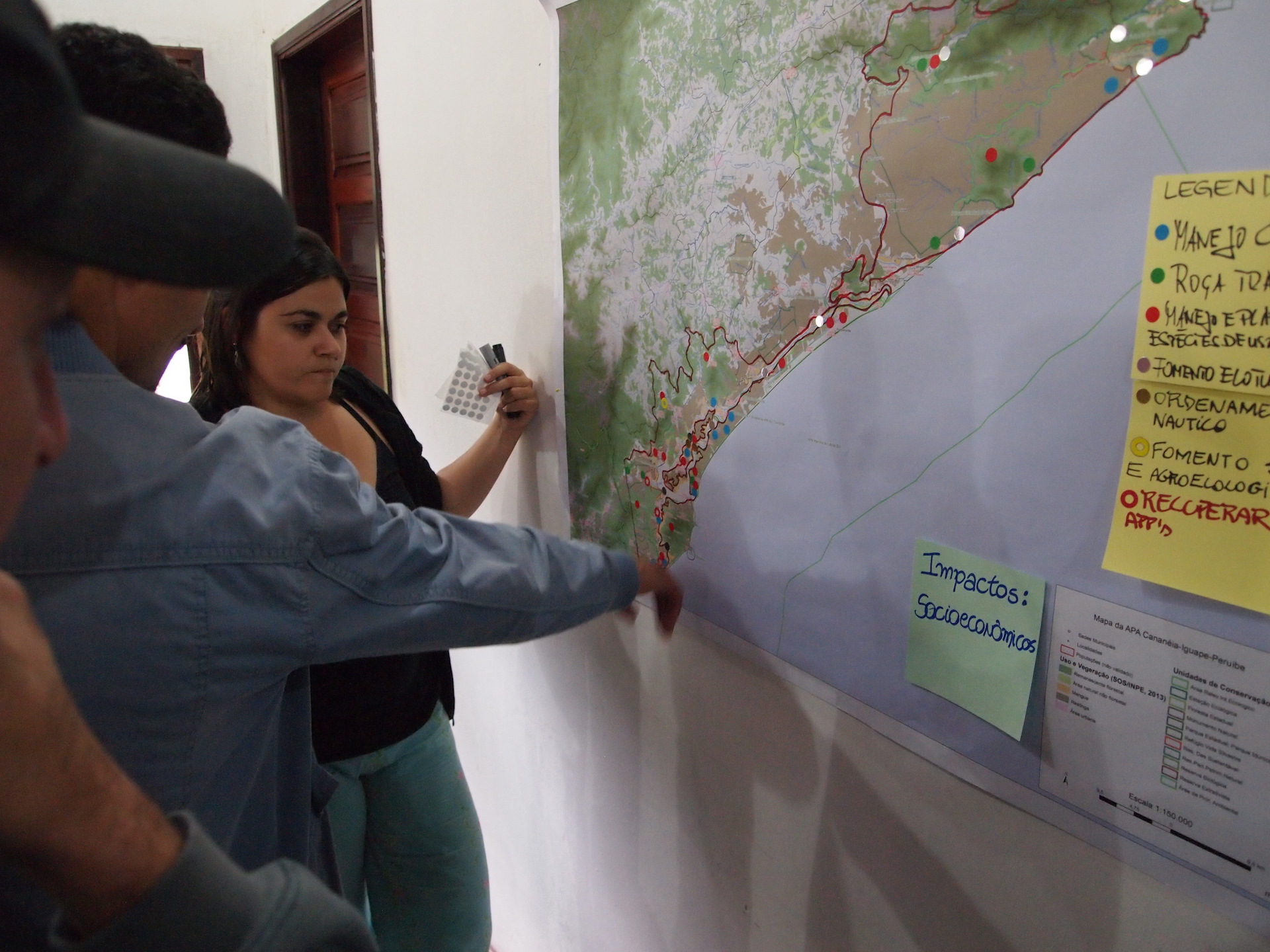Productive hilly land, surrounded by green forests (habitat of wild animals) and interested farmers to shift to commercial organic farming households are a boon to our initiative. The farming of the regular crops, fruits and vegetables such as maize, millet, buckwheat, cauliflower, tomato, turmeric, jackfruit, mango, etc. will be promoted to grow in volume. Also, some high value crops such as kiwi, avocado, chia seed and moringa shall be introduced in the second phase. These products will be directly linked to the closest city areas through farmers markets once and/or twice a week. Consequently, the direct connection of local farmers’ organic produces to the consumers via farmers markets will establish trust and a positive relationship.
The support provided by IFOAM - Organics International and Rare in the form of hands-on capacity trainings has motivated the community and increased interest in commercial organic farming. Linking these de facto organic farmers to markets will enable the shift into commercial organic farming, which will promote their income generation along with conserving their ecology.
I see huge zeal in the community to uplift their status through commercial organic farming more along with conserving the biodiversity. Establishing personal connections and enabling interpersonal communication about organic through a variety of engaging tools such as songs, billboards, plays and religious texts has helped inspire the community.
